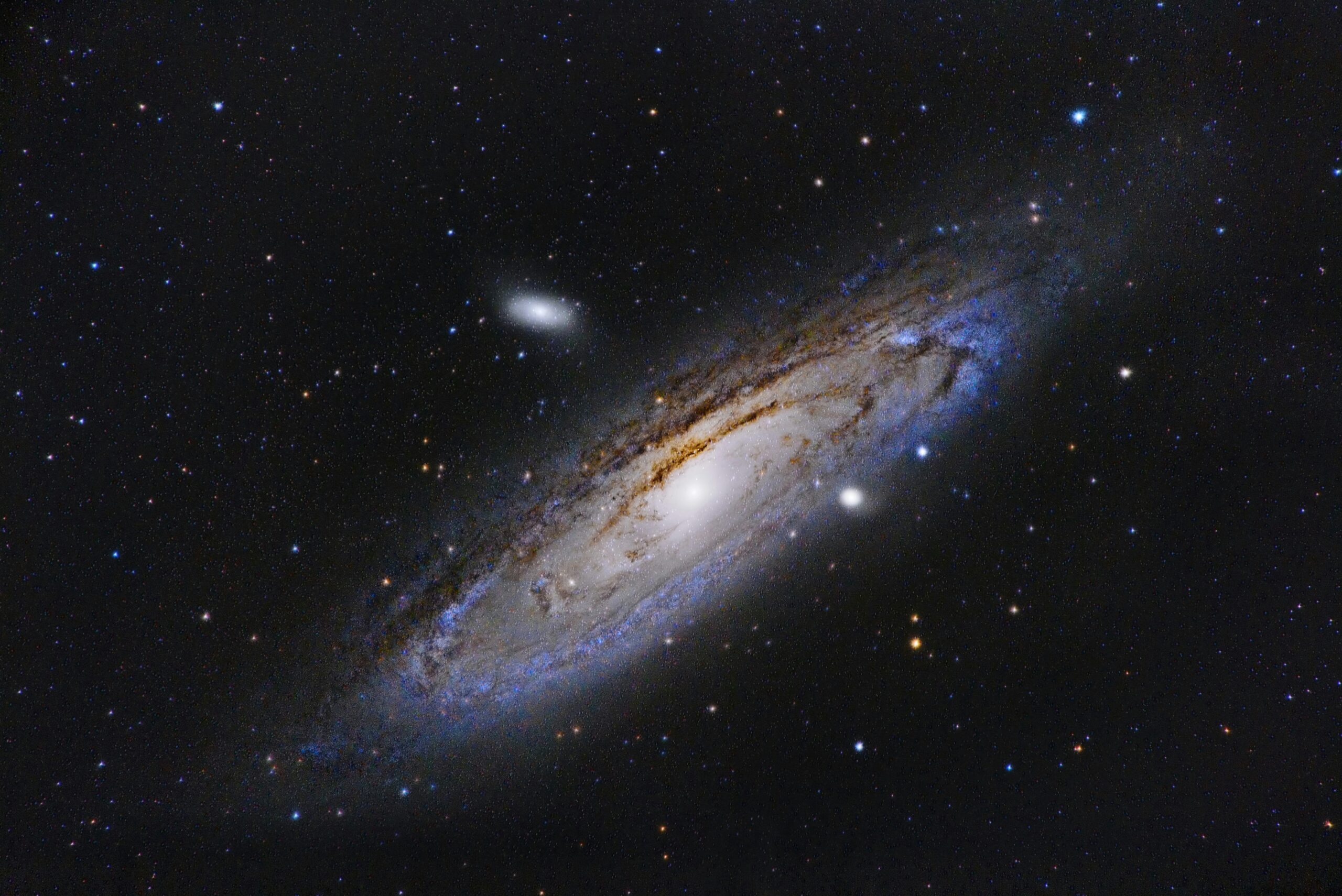
How big is the biggest star in the known universe?
Introduction to stars and their sizes
Welcome to a journey through the vastness of space where stars reign supreme! In the infinite expanse of the universe, these celestial giants shine brightly, captivating our imaginations with their sheer size and brilliance. Have you ever looked up at the night sky with wonder adn wondered how big are those tiny dots that we see in the sky? Well Today, we are going to explore the question: How big is the biggest star in the known universe? and uncover some of the wonders of the universe. Buckle up as we explore the awe-inspiring world of cosmic behemoths that defy comprehension. Let’s embark on this stellar adventure together!
What is the biggest star in the known universe?
With billions of stars visible to the naked eye, Have you ever wondered about the sheer magnitude of stars in the universe? The largest star known to us is UY Scuti, a red supergiant located in the constellation Scutum. This colossal star has a radius over 1,700 times that of our Sun, making it one of the biggest stars discovered so far.
Measuring a star’s size can be done in various ways – from its radius and volume to its mass and luminosity. Scientists use advanced technologies like interferometry and spectroscopy to determine these massive stars’ dimensions accurately.
To put things into perspective, if we were to replace our Sun with UY Scuti, its surface would engulf Jupiter’s orbit! In comparison, Earth would be just a tiny speck next to this gigantic celestial body.
The size of a star greatly influences its lifespan and behavior. Larger stars burn through their fuel more quickly than smaller ones, leading to shorter lifespans but spectacular endings such as supernovae or even black hole formations.
Studying these colossal entities opens up new frontiers in astrophysics and cosmology. By unraveling the mysteries behind these immense structures, scientists gain insights into the fundamental processes that govern our universe’s evolution.
The different ways of measuring a star’s size
When it comes to measuring the size of a star, scientists have various methods at their disposal. One common approach is determining a star’s radius, which provides insight into its physical dimensions. This measurement is often calculated based on the star’s luminosity and temperature.
Another way to gauge a star’s size is by observing its mass. By analyzing how much matter is contained within a star, researchers can infer its overall size and density. This information helps classify stars into different categories based on their massiveness.
Additionally, astronomers utilize techniques like interferometry to measure the angular diameter of stars. This method involves combining signals from multiple telescopes to enhance resolution and accurately determine a star’s apparent size in the sky.
By employing these diverse methodologies, scientists can paint a comprehensive picture of the vast range of sizes that stars exhibit across the universe. The combination of these approaches allows for a deeper understanding of these celestial giants and their place in the cosmic tapestry.
Comparison of the biggest star to other objects in the universe

When we talk about the biggest star in the known universe, it’s essential to put its size into perspective. To grasp just how massive this star is, consider that it could easily engulf our entire solar system without breaking a sweat. Picture Earth and all the planets orbiting the sun fitting comfortably within this colossal star’s boundaries.
Even some of the largest objects in space like supermassive black holes or galaxies would appear minuscule next to this behemoth of a star. It puts into question our understanding of scale and magnitude when we ponder such astronomical dimensions.
The sheer enormity of this giant star serves as a humbling reminder of how vast and diverse our universe truly is. From tiny particles to massive celestial bodies, the cosmos never fails to astound us with its grandeur and mystery.
The impact of a star’s size on its lifespan and behavior
The size of a star plays a crucial role in determining its lifespan and behavior. Larger stars have more mass, which results in stronger gravitational forces pulling the star’s core together. This intense pressure leads to higher temperatures at the core, causing nuclear fusion reactions that power the star.
Massive stars burn through their fuel much quicker than smaller ones due to their higher energy demands. Consequently, they have shorter lifespans compared to smaller stars. The massive stars eventually end their lives in spectacular supernova explosions or collapse into black holes.
The behavior of large stars is also influenced by their size. They tend to be more unstable and exhibit violent phenomena like solar flares and massive eruptions of gas from their surfaces. These extreme events can impact neighboring celestial bodies within the star’s vicinity.
How scientists discover and study these massive stars
Scientists utilize advanced telescopes and instruments to observe massive stars in the universe. By analyzing the light emitted by these colossal celestial bodies, researchers can determine various characteristics such as temperature, size, and composition. Spectroscopy is a common technique used to study the properties of stars through their spectral lines.
Additionally, scientists often rely on computer simulations and models to understand the behavior of massive stars. These simulations help predict how these giant stars evolve over time and eventually meet their fate. The data collected from observing massive stars provides valuable insights into stellar evolution and the dynamics of galaxies.
Furthermore, collaborations between astronomers worldwide allow for a comprehensive study of these enormous cosmic entities. By sharing observations and findings, scientists can piece together a more complete understanding of the largest stars in the known universe.
Conclusion: The awe-inspiring nature of the universe’s largest star
The universe is a vast and mysterious place, filled with wonders beyond our comprehension. The sheer size of the largest star in the known universe serves as a humbling reminder of just how small we are in the grand scheme of things. Studying these massive stars not only expands our understanding of astrophysics but also ignites a sense of wonder and curiosity within us.
As we gaze up at the night sky, let us marvel at the awe-inspiring nature of the universe’s largest star and appreciate the beauty and complexity that surrounds us. There is still so much more to discover and explore beyond what we currently know, making each new revelation an exciting journey into the unknown. Let this incredible discovery motivate us to continue pushing boundaries and expanding our knowledge of the cosmos. The biggest star in existence is just one example of the countless mysteries waiting to be unveiled in this vast expanse we call space.

